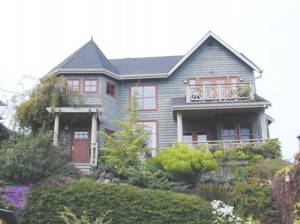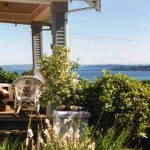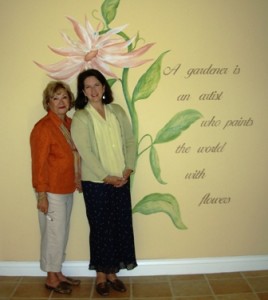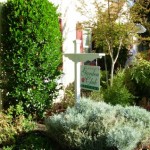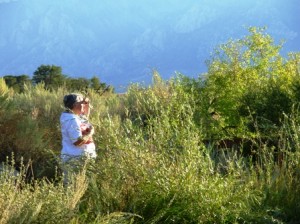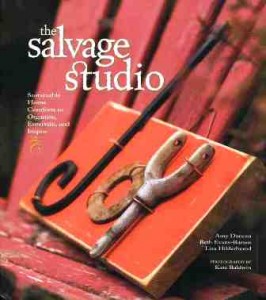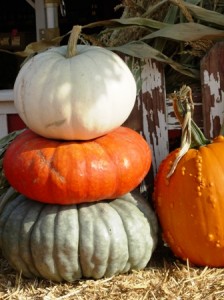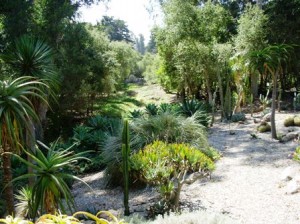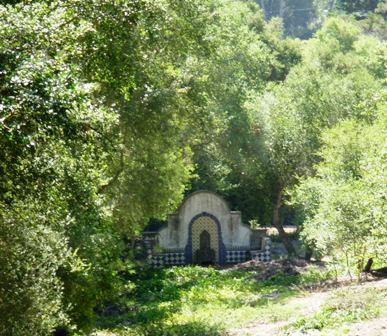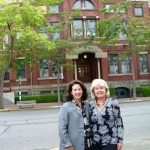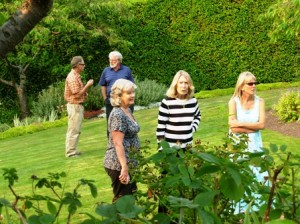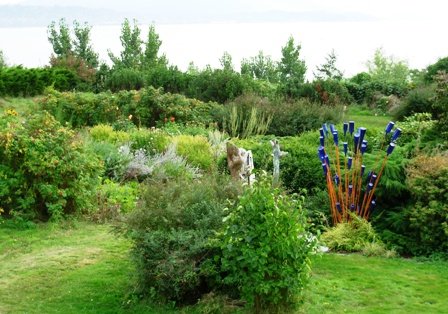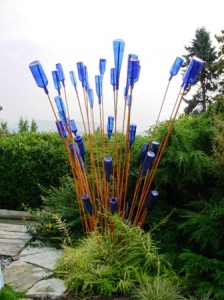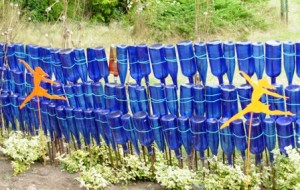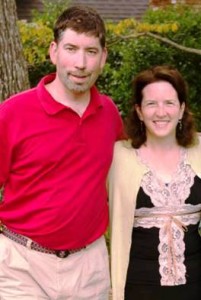Here’s how “Seeing the Light,” my story in today’s Los Angeles Times’ HOME section begins:
When Alan Smart was a kid, he discovered an old trunk in an antique store and begged his mother to buy it. She refused (after all, he was 10). So young Alan spent $45 from his allowance to purchase the trunk himself.
“I like old-timey things,” Smart says in his retro Hawaiian-print shirt and board shorts, gesturing to his living room filled with restored antique armchairs and vintage California tile tables.
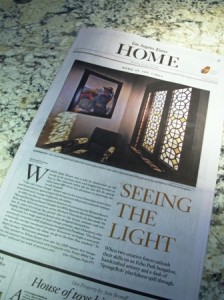 This is a story that underscores my belief that we can both possess a home and be possessed by it. It’s about how Alan and his partner Michael Uhlenkott transformed a nondescript 1930s Spanish Revival bungalow in an aging Los Angeles neighborhood into a showpiece for decorative arts and their amazing collection of early California pottery, tile, furniture, paintings, figures, and lighting. It’s about how their personalities and preferences are revealed through their choices of color, textiles and artwork.
This is a story that underscores my belief that we can both possess a home and be possessed by it. It’s about how Alan and his partner Michael Uhlenkott transformed a nondescript 1930s Spanish Revival bungalow in an aging Los Angeles neighborhood into a showpiece for decorative arts and their amazing collection of early California pottery, tile, furniture, paintings, figures, and lighting. It’s about how their personalities and preferences are revealed through their choices of color, textiles and artwork.
Alan and Michael are artists of the highest order. If there is a surface to embellish, they will find a way, even if it means spending endless hours standing on ladders to hand-stencil the stucco ceiling with a Moorish pattern or antiquing the walls with layers of glazing, rag-application and dry brush painting techniques.
They design with a respect for the past, an appreciation for craftsmanship and materials, and a lighthearted sense of irony. There is no halfway effort here. Everything relating to a genre, period or style is explored, honed, refined and reinterpreted. There’s such an honesty and authenticity to each decision to adorn and decorate. I love every detail!
READ MORE…









